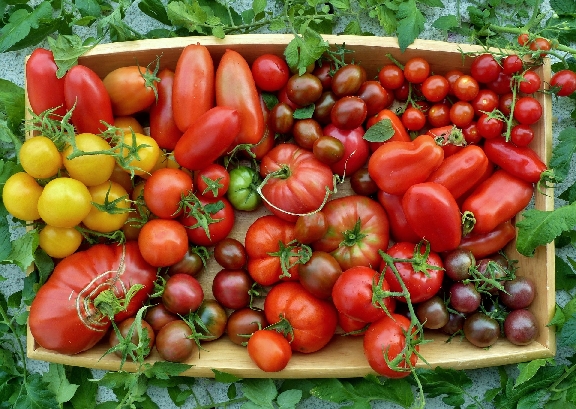electronic ISSN 1439-040X
Impact Factor (2022): 1.2
Scopus Cite Score (2022): 3.1
Editors-in-Chief
Prof. Dr. Jutta Papenbrock
Section Applied Botany of the German Society for Plant Sciences (DBG)
Leibniz University Hannover
Dr. Andrea Krähmer
German Society for Quality Research on Plant Foods
Julius Kühn-Institut
Dr. Heike Riegler
Julius Kühn-Institut
Editorial Office
Dr. Heike Riegler
heike.riegler@julius-kuehn.de
Journal Layout
Nicole Halm
mail@nicole-halm.de



.png)


